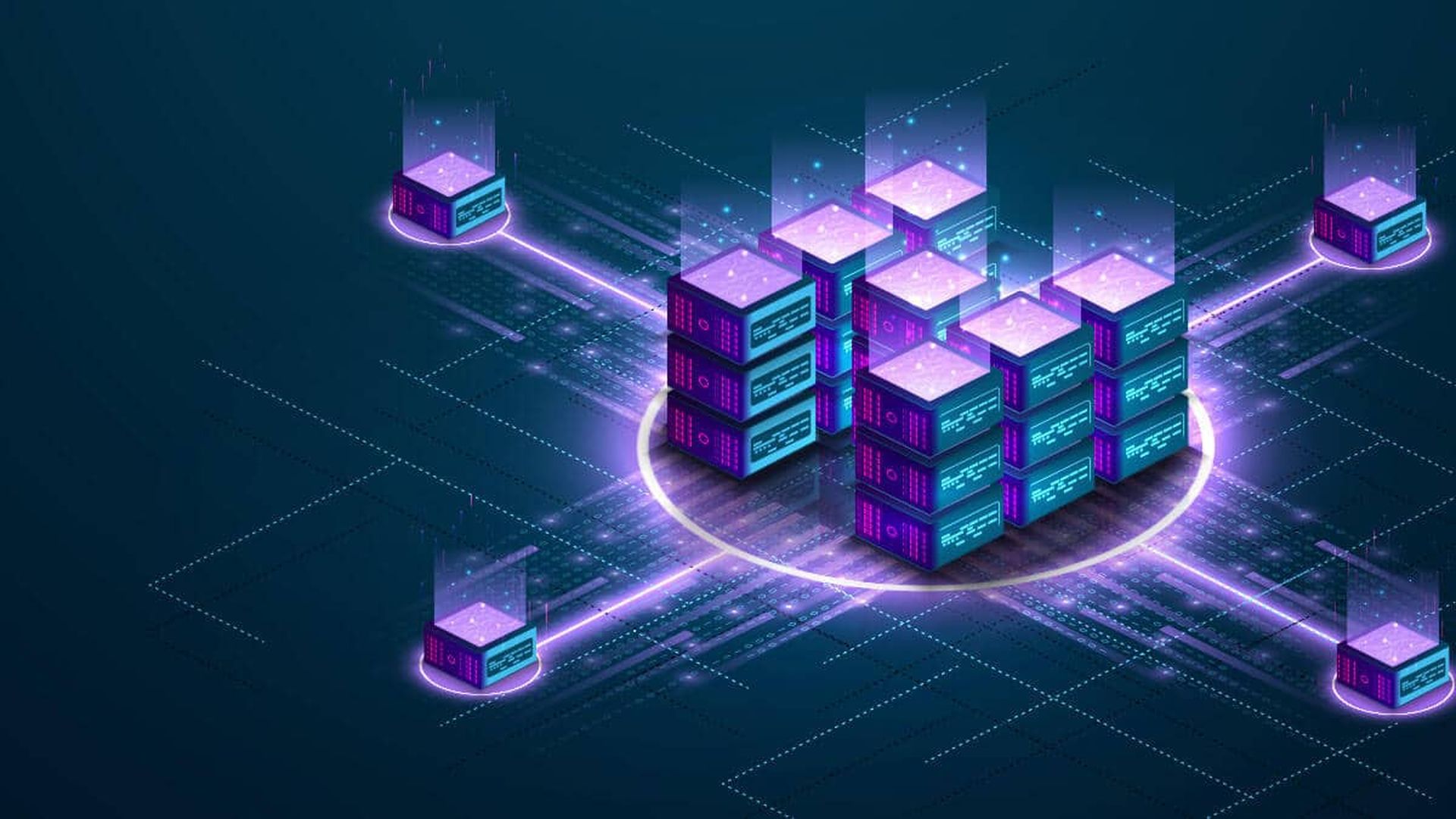Blockchain is a decentralized, distributed digital ledger that records transactions across many computers in a way that ensures the security, transparency, and immutability of the data. Each transaction is stored in a "block," and these blocks are linked together in a "chain" using cryptographic techniques, hence the name blockchain.
Here are the key features of blockchain:
Decentralization: Unlike traditional databases that are stored on a central server, blockchain is distributed across a network of computers (nodes). Each node has a copy of the entire blockchain, making the system more resilient to failures.
Immutability: Once data is recorded in a block, it cannot be altered or deleted. This ensures a permanent and tamper-proof record of all transactions.
Transparency: All participants in the blockchain network can view the data stored on the blockchain. Although the transactions are visible, the identities of the participants can remain anonymous.
Security: Blockchain uses cryptographic techniques to secure the data. Each block contains a unique cryptographic hash of the previous block, ensuring that any attempt to alter data would require changing all subsequent blocks, which is nearly impossible in a large network.
Consensus Mechanisms: Transactions are verified and validated by the participants in the network through a consensus mechanism. Common consensus algorithms include Proof of Work (PoW) and Proof of Stake (PoS).
Blockchain is best known as the underlying technology behind cryptocurrencies like Bitcoin and Ethereum, but it also has a wide range of applications beyond finance, including supply chain management, healthcare, and voting systems.